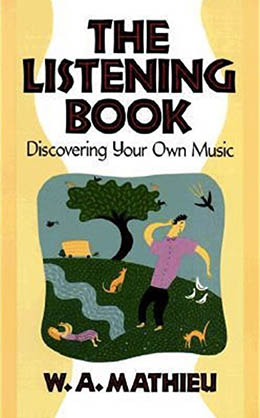The aim of the activity is to introduce to the art of deep listening and deep looking preferably outdoors. It is a practice to expand our ability to listen and look carefully around us in 360 degrees and at a great distance. The practice covering several senses is addressing the need for people in difficult health circumstances to understand that we can improve our sense of space and improve our mobility with no need to move physically. The practice is organized in 3 imaginary concentric rings from the perception of our own body to the visual and sonic horizons. Inspired by how the owls and bats map the space with sounds, the participants learn to cartography a very detailed and diverse landscape they can navigate with their imagination with great accuracy.
Find an interesting spot to sit in an open space where you can see far away and listen with clarity a great number of sounds. Draw 3 concentric rings on a paper and map the sounds you are listening around you during 15 minutes. You can draw the motion of sounds in space if you want. You can also mark the possible sounds you can not hear but you can guess with your vision. Discover what is your visual and sonic horizon at the edges of the third larger circle. Be aware on how the animals are moving in the space around you, did they go away or did they come closer ?










